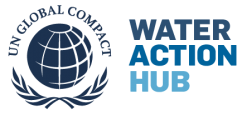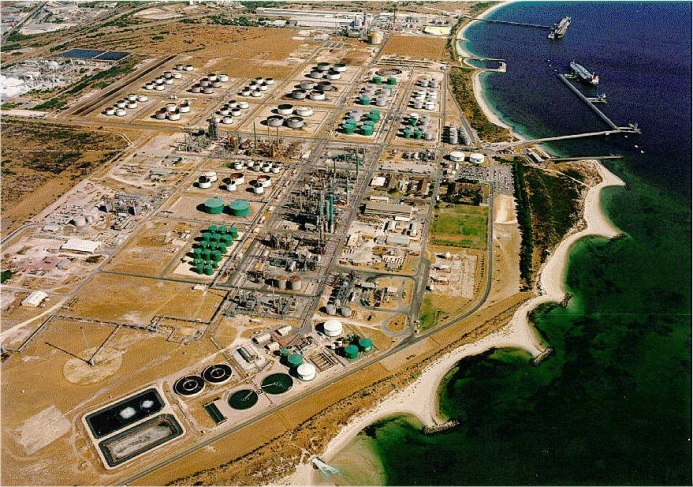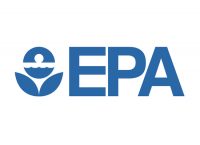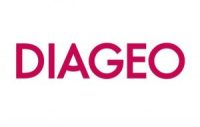Primary Functions
- Understand water challenges at a BP refinery and steps taken to reduce water use.
Detailed Description
BP saw water as a large source of risk for its operations in Western Australia, so it was essential for BP to lower the water use at the refinery. To this end, the refinery started a Water Minimization Program and focused on reducing potable water demand while also joining collective action with industrial partners, the local water company and regulator to recycle municipal wastewater.
With water availability declining in the region, the cost of water increased, impacting the refinery margins. Under these circumstances, BP sought solutions to secure future access to water and lower production costs. The Water Minimization Program involved different departments across the company whereas collective action through the Kwinana Water Reclamation Project (KWRP) involved many stakeholders: Water Corporation, the local regulator, the Government of Western Australia (WA) and a number of industries.
Following the formation of a cross-functional team, a four-step programme was implemented to reduce potable water use. However, despite a significant reduction in water demand at the refinery through the Water Minimization Project, there was still a large reliance on potable water. Thus, the company collaborated with other stakeholders to develop an alternative source of water for industrial use. The KWRP involved the use of treated municipal wastewater for industrial purposes, reducing potable water demand from six industrial partners.
This project required a partnership approach at two levels: within the refinery and with external stakeholders in a unique cooperative relationship.
Success of the overall project also heavily relied on the partners who worked towards a common objective to develop legal, financial, and technical solutions. An important part of the process was to agree on financial terms between all parties that satisfied the overall objective of improving water security without raising the cost of water to the industrial parties.







